George Russell observed a performance upgrade "snowball effect" on the Mercedes W15, something that precipitated his Belgian Grand Prix disqualification.
At the previous round, in Hungary, the 26-year-old highlighted how the upgrade package introduced in Montreal laid the foundations for disproportionate performance gains.
This provided Russell and Lewis Hamilton the opportunity to push the Mercedes "closer to its limit" and "exploit" the car more than previously.
Central to the British driver's claims was improved tyre wear, something that had proved to be an issue for the team in the past.
"We brought a reasonable size upgrade to Montreal, but nowhere near the size that it translated to in terms of lap time," the two-time grand prix winner explained.
"The way the car is handling now, we [himself and Lewis Hamilton] both have much more confidence in the car, we can push it closer to its limit.
"Now the tyres are feeling better when we drive in the race, we can manage the tyres easy on it. It just has a bit of a snowball effect in terms of its performance.
"So this small upgrade has turned into something quite large in terms of lap time because we can exploit the car more. And that's the biggest thing, having that confidence beneath us."
Fast forward one week, to Spa Francorchamps, and that added confidence and new-found ability to keep the tyres alive for longer in race trim provided Russell the opportunity to stretch what would usually be a two-stop strategy into a single-stop race.
In doing so, he was able to convert his sixth-place starting position into a third grand prix victory, leading home his team-mate for a one-two finish.
However, his significantly more-worn-than-usual tyres proved one of the key difference-makers in his car coming in 1.5kg underweight and his subsequent disqualification.
As such, the updates introduced at the Canadian Grand Prix triggered a butterfly effect that ultimately translated into the first grand prix winner being stripped of victory for 30 years, when Michael Schumacher was disqualified from the Belgian Grand Prix in 1994.
Also interesting:
In this special episode of the RacingNews365 podcast, Ian and Nick are joined by former Haas team principal Guenther Steiner! Max Verstappen being under pressure and Sergio Perez surviving are discussed, and a VERY bold prediction is made!
Rather watch than listen to the podcast? Then CLICK HERE!
Don't miss out on any of the Formula 1 action thanks to this handy 2026 F1 calendar that can be easily loaded into your smartphone or PC.
Download the calenderMost read
In this article
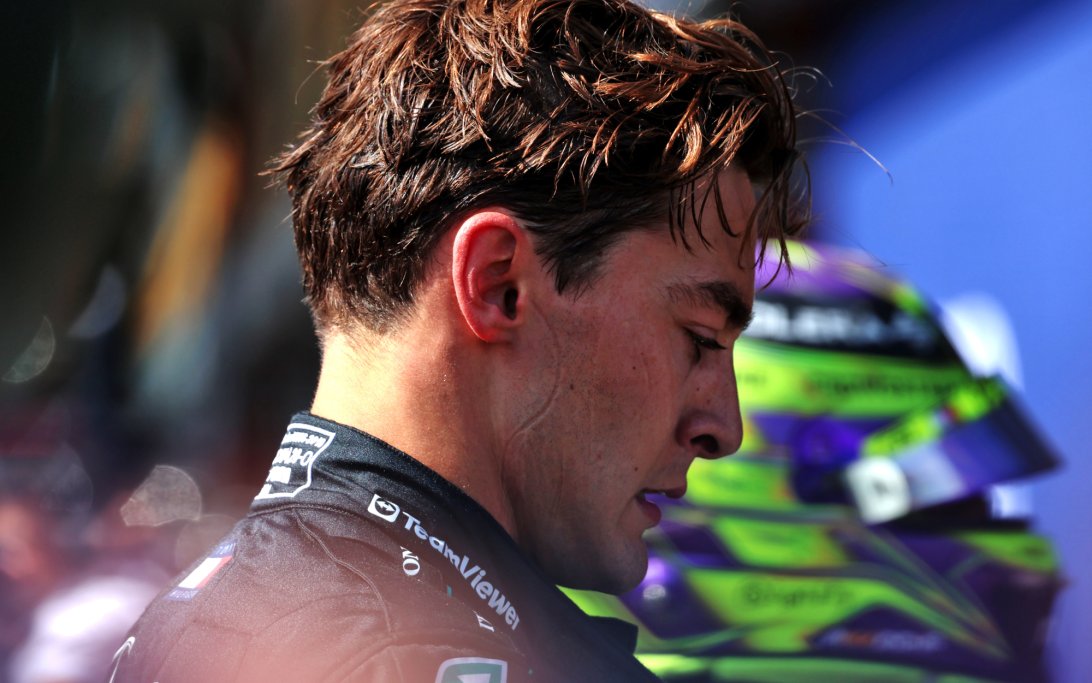
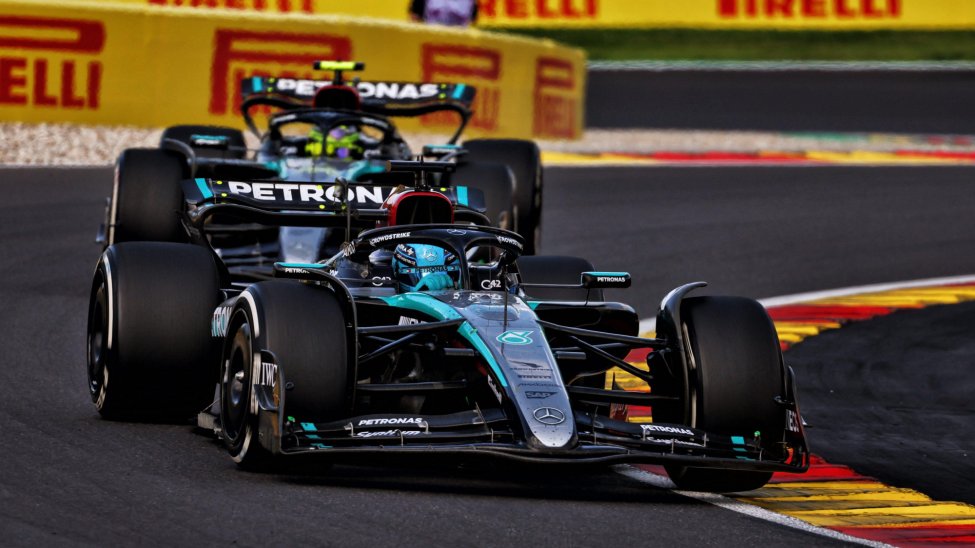


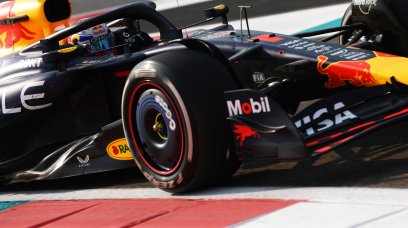
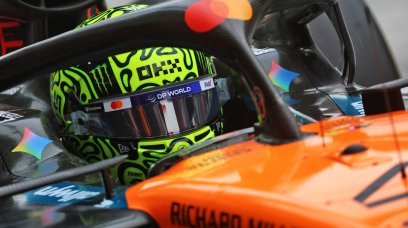
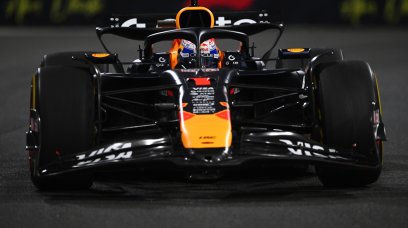
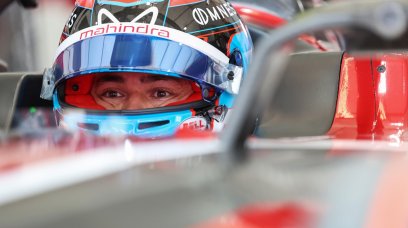

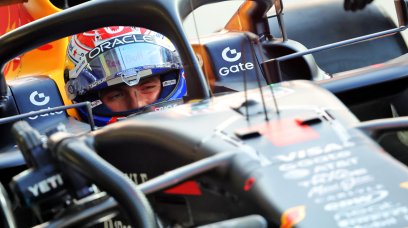
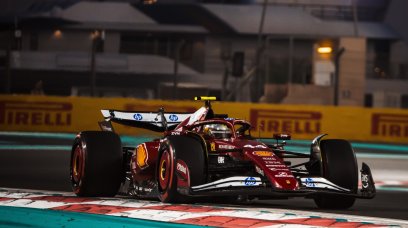













Join the conversation!